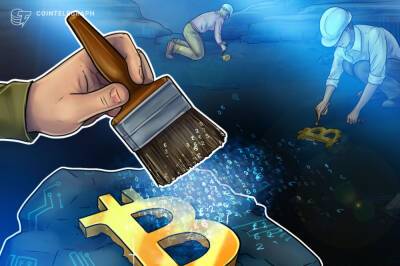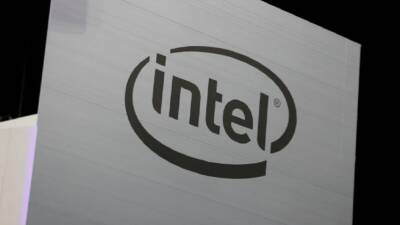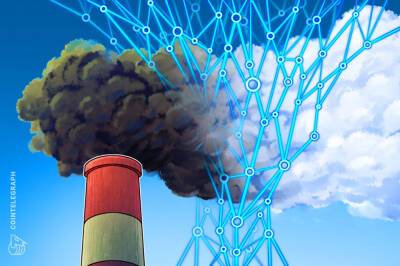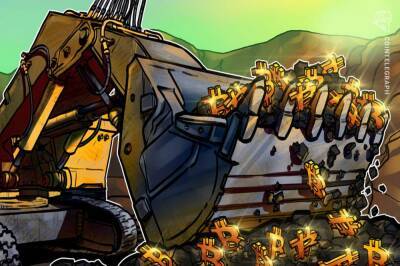What happens after all Bitcoins are mined and network reaches its final cap of 21 million?
Many cryptocurrencies limit the number of tokens that can be minted in their lifecycle. This is done for many reasons, such as controlling inflation, creating artificial scarcity, driving up the price, and increasing the token's popularity.One of the most infamous circulation hard caps is Bitcoin's fixed supply of 21 million BTC.
The token was created in 2009 with this hard cap being an integral feature of its tokenomics. Since then, 90 percent of the total BTC has been mined already.
And as we approach the final limit, many wonder what will happen to the Bitcoin infrastructure when all the 21 million BTC have been mined.Will it be detrimental to the network or have a positive effect? Let’s find out.Understanding Bitcoin's fixed supplyWe do not know much about the mysterious creator of the Bitcoin network, Satoshi Nakamoto. His identity is still one of the biggest mysteries in the crypto community.
However, judging from the implementation of the Bitcoin Blockchain, we can ascertain what he wanted from the network.As described in his famous whitepaper, the Bitcoin network aimed to create a digital currency that would be the opposite of fiat currency. With the global economy reeling from the infamous 2008 market crash, BTC needed to be completely decentralized and not controlled by banks or centralized authorities.
It also needed to be resistant to inflation.Also Read: As bitcoin miners go green, China's ban could be a 'trillion-dollar' present to USThe network's revolutionary distributed ledger system created a transparent and immutable decentralized network that did not rely on any third party.To control inflation, Nakamoto embedded a fixed supply of BTC into the network's code. The limited supply also makes BTC a scarce
. Read more on cnbctv18.com



![Cardano [ADA] could bounce to $0.9 in the next few days only if… - ambcrypto.com - city Santiment](https://gocryptonft.com/storage/thumbs_400/img/2022/4/28/37725_fxt.jpg)
![Could GitHub submissions push Uniswap [UNI] up the price chart - ambcrypto.com](https://gocryptonft.com/storage/thumbs_400/img/2022/4/28/37724_swz7.jpg)












